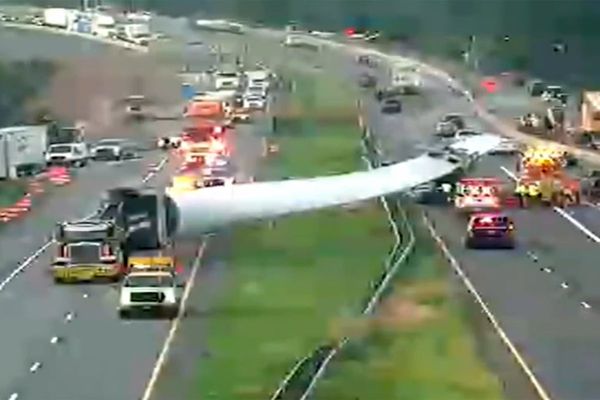
NASA and Boeing Co. said they were standing down from plans to send a crewed flight test of its Starliner spacecraft to and from the International Space Station.
This is the latest of several setbacks to Boeing’s Starliner program. It had planned to launch its test flight on July 21, which would have been Starliner’s first time transporting humans to space.
In a press conference on Thursday, NASA and Boeing said they had recently discovered two new concerns with Starliner, including flammable tape used to wrap around wiring harnesses and issues with the vehicle’s parachutes. They said they’ll spend the next five to seven days figuring out how to move ahead with the schedule, but did not give a new estimated launch date.
It’s possible the Starliner vehicle may need to be disassembled to address the new problems, Boeing said.
Shares of the aerospace company were little changed in extended trading in New York.
“We can say we’re disappointed because it means a delay, but the team is proud that we’re making the right choices,” said Mark Nappi, vice president and program manager for Starliner at Boeing. NASA said it supported the decision to delay “100%.”
Concerns and Mishaps
On May 25, a NASA safety advisory panel had expressed concerns about outstanding issues that needed to be resolved with Starliner ahead of its planned launch date, including ongoing problems with the vehicle’s parachutes and software.
During a meeting of the panel, safety advisers acknowledged that some of the issues were longstanding while others emerged only recently during analysis and testing. The panel urged NASA to create an independent team to take a “deep look” at the problems.
“Given the number of remaining challenges to certification of Starliner, we strongly encourage NASA to step back and take a measured look at the remaining body of work,” Patricia Sanders, chair of NASA’s Aerospace Safety Advisory Panel, said during the meeting. NASA later released a list of the remaining items that needed to be handled ahead of Starliner’s first crewed spaceflight.
Boeing said that rather than create an independent panel, it planned to have NASA and engineering safety experts already embedded in Starliner brief NASA executives about the issues.
The pair had already delayed this launch test several times. They postponed the flight to July from the end of April, and previously had planned to launch Starliner in February. The ongoing delays have cost Boeing as much as $883 million since 2020, the company has said. Nappi said that these particular problems were “too new to determine if this is going to require additional expenses or not.”
Boeing designed and developed Starliner for NASA’s Commercial Crew Program. As part of the program, two companies — Boeing and Elon Musk’s Space Exploration Technologies Corp. — were contracted to build vehicles that could ferry astronauts to and from the International Space Station. SpaceX’s spacecraft, Crew Dragon, successfully flew its first astronauts to the ISS in 2020, and has sent crews to the space station several times since.
Starliner has also suffered numerous technical glitches, both in-flight and during testing. Boeing was forced to conduct two uncrewed flight tests of the vehicle after software issues prevented Starliner from reaching the space station on its first try. The company did successfully send Starliner to the ISS in May 2022, but that flight also suffered minor technical malfunctions throughout the mission.
The flammable tape was present on the Starliner vehicle that flew in May, Nappi said, adding that the company only recently discovered the issue during thorough inspections needed to certify the vehicle for human flight.
Boeing is “still committed” to the program despite all the challenges, and has not had any serious discussions about dropping out, Nappi said.
©2023 Bloomberg L.P.







